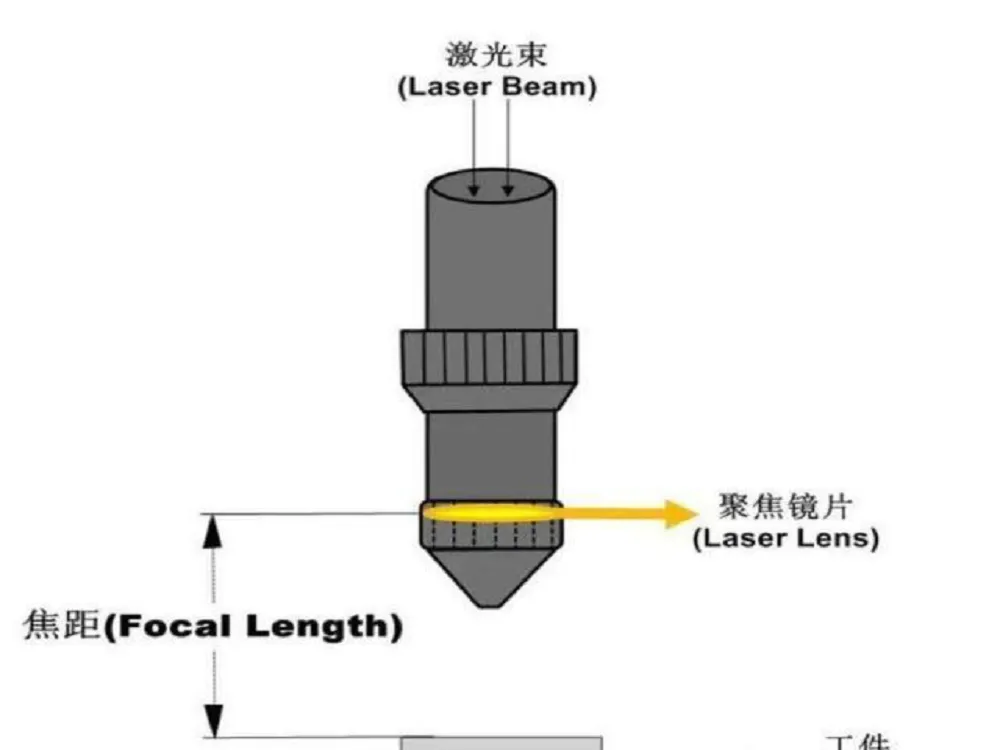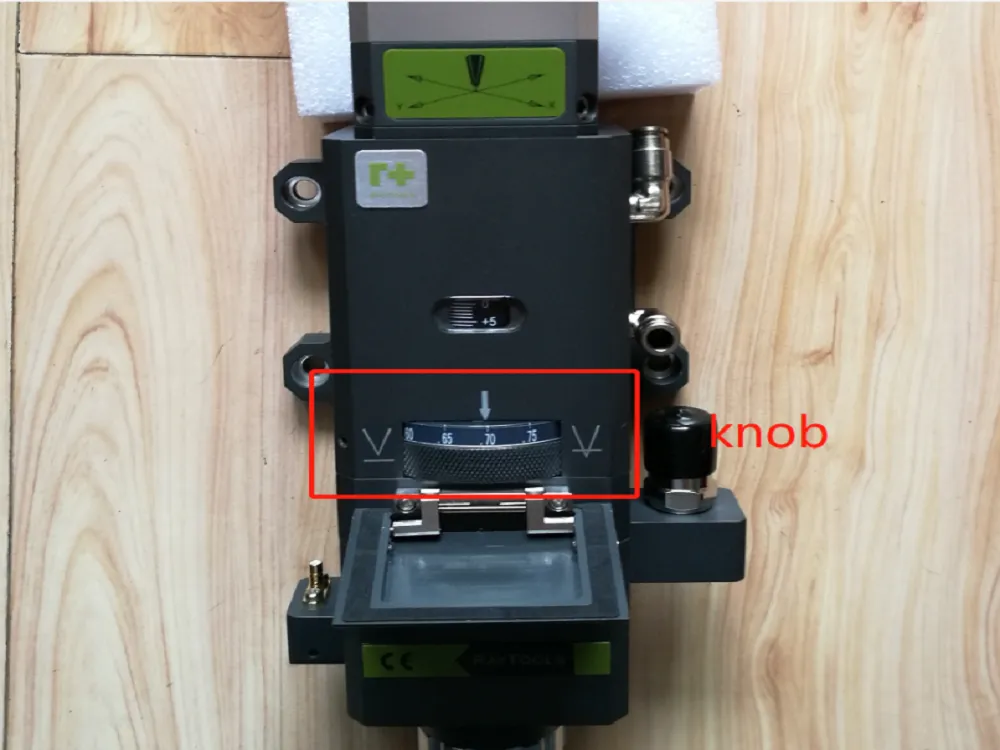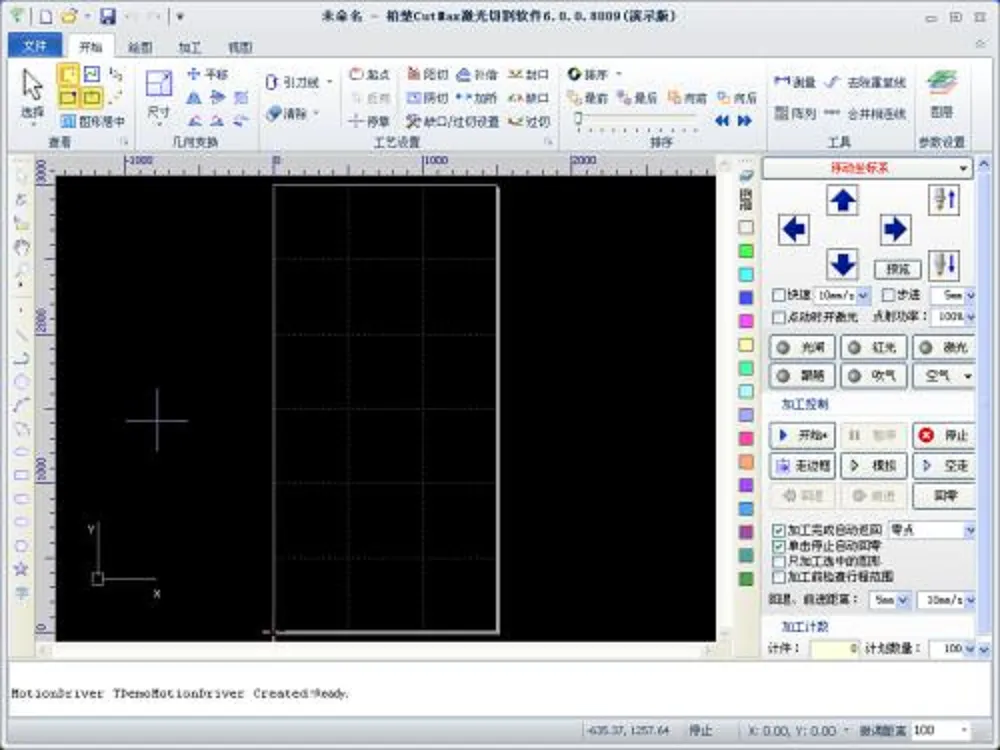Introduction:
When we use a fiber laser cutting machine to cut materials, many factors such as cutting speed, focal length setting, auxiliary gas, and so on will affect the cutting quality. For a fiber laser cutting machine, one of the most important features to consider is the focusing system. There are two main types of focusing systems available: automatic and manual. Each has its advantages and disadvantages. Autofocus VS manual focus laser cutting head, which one is better for your specific needs? This article will introduce you.
Auto Focus VS Manual Focus Laser Cutting Head
Autofocus is a popular choice because it requires less effort and time from the operator. The system works by using sensors to detect the distance between the cutting head and the material being cut. Once the optimum distance is determined, the focus system automatically adjusts the position of the lens to maintain uniform focus throughout the cutting process.
If we cut 5mm carbon steel and set a precise focus position, as the cutting progresses, the position where the beam energy is concentrated will not change, but the cutting depth will increase, resulting in changes in the focused energy and a decrease in the cutting effect.

The manual focus is to change the position of the focusing lens by moving the focusing knob on the cutting head.

Autofocus is to change the position of the focusing lens by inputting parameters on the operation software.

There is an induction motor inside the laser cutting head, and the focusing mirror can automatically change its position through the control of the motor. As the cutting progresses, the position of the focal length is constantly changing.
Advantages of autofocus:
1. Automatic focusing is one of the criteria to measure whether the fiber-cutting machine has reached the level of full-automatic
2. Realize equipment automation
3. Improve processing efficiency
4. Shorten the punching time of thick plate
One significant advantage of the automatic focus is that it allows for fast and precise cutting, reducing the risk of errors due to human error or fatigue. Additionally, it is ideal for cutting materials with varying thicknesses since it can make quick adjustments to maintain a consistent focus level.
On the other hand, manual focus requires a bit more skill and knowledge on the operator’s part. This system involves adjusting the position of the lens manually to ensure an even focus throughout the cutting process. It also requires a bit more time and effort to set up and make adjustments as needed.
Despite these challenges, manual focus does have some advantages. For instance, it provides greater flexibility in terms of adjusting the focal length, allowing for more precise cuts when working with complicated shapes or designs. It is also often more cost-effective than automatic focus systems.
So, which one is better? The answer depends on your specific needs and priorities. If speed and precision are critical, an automatic focus system may be your best option. However, if you need more versatility and flexibility in your cutting process, or if you want to save on costs, a manual focus system may be a more suitable choice.
In conclusion, both automatic and manual focus systems have their pros and cons. It’s essential to consider all factors when choosing which one will work best for your needs.
